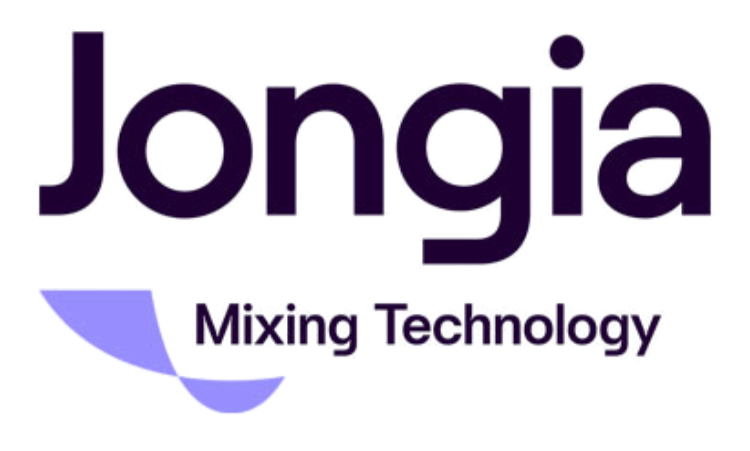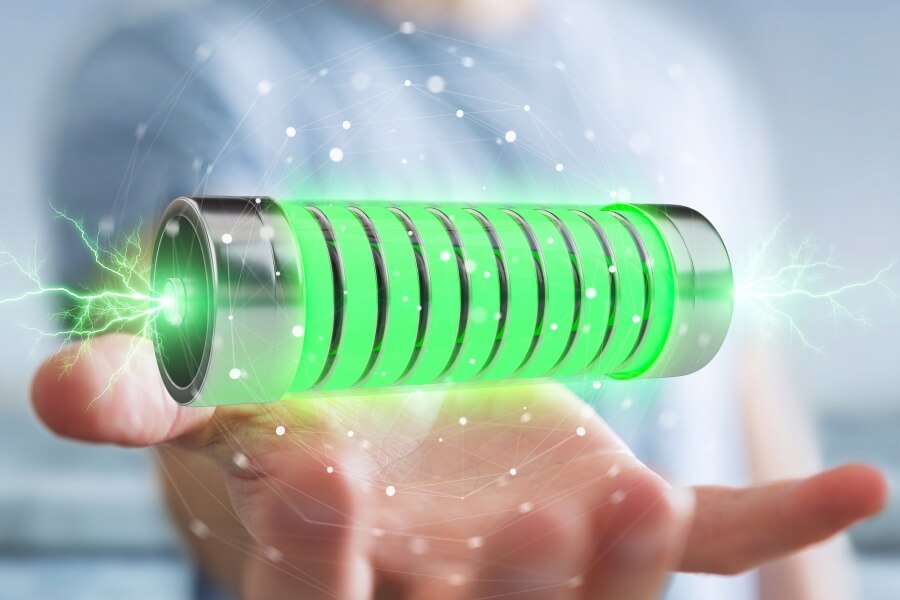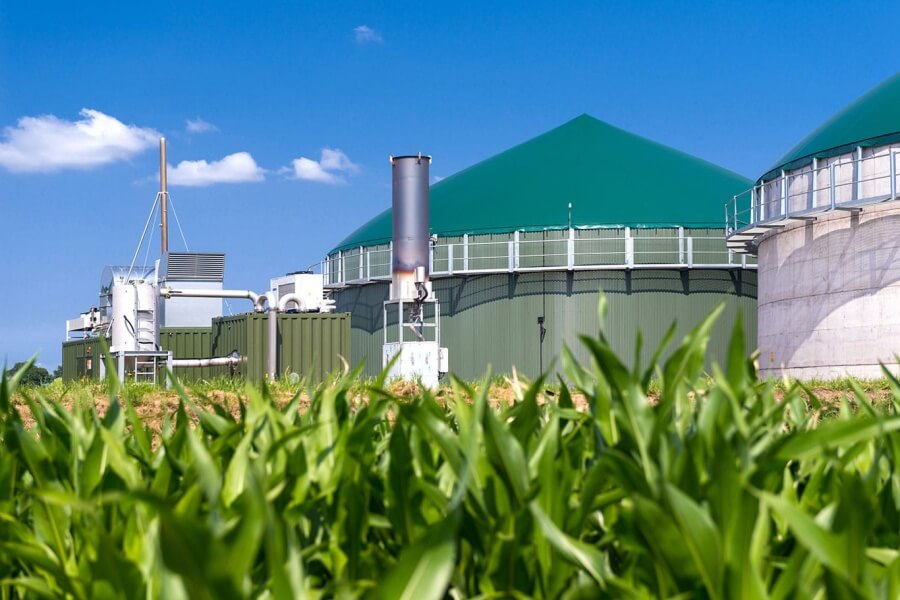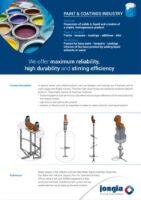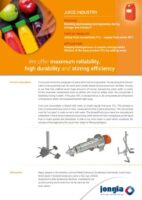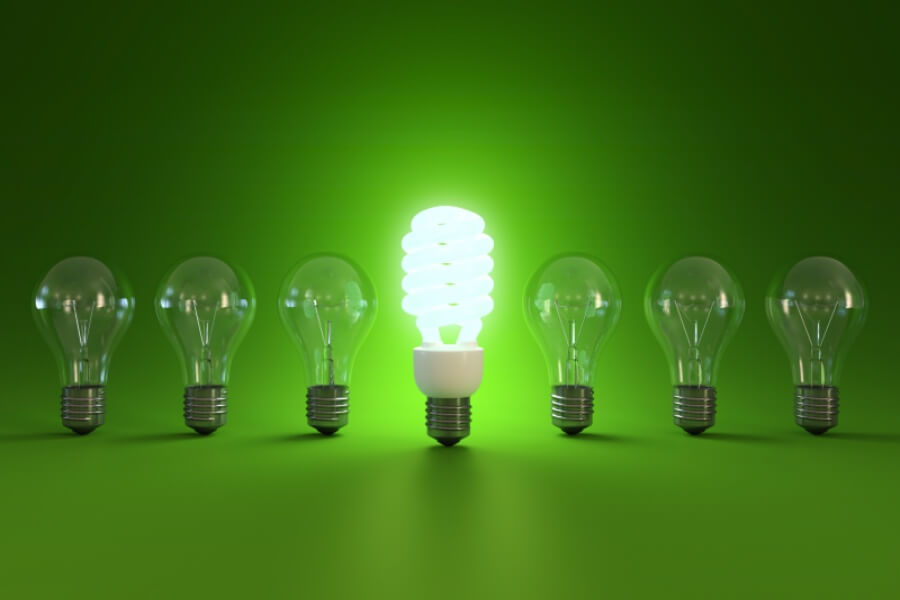
Electrical
A lot of years of experience and also Electrical applications enabled Jongia to drive in the new and fast expanding business location of the Power market. Jongia’s mixing as well as blending tools adhere to severe criteria concerning discharge worths, shaft alignment resistances and also rotational precision.
What is electricity and how to produce it?
Electricity is a secondary energy source. We use it because primary sources like coal, natural gas, nuclear power, and others produce more energy than we actually need. When you turn on a light switch, you’re tapping into a form of stored energy called primary energy. This energy is produced naturally by burning fossil fuels, splitting uranium atoms, and fusing neutrons together.
The process of converting primary energy into electricity is called generation. Generating electricity requires lots of equipment, including turbines, transformers, substations, and transmission lines. In addition to generating electricity, these facilities also store energy for later use. For example, some wind farms keep excess energy generated during off-peak hours, while some hydroelectric dams generate electricity around the clock.
To make electricity affordable and accessible to everyone, utilities must charge customers based on the cost of producing electricity. Utilities pay generators for the amount of energy they provide to the grid. Because there isn’t enough money in the system to compensate every generator equally, the generators receive compensation according to how much electricity they supply. If you live in California, your utility charges you less per kilowatt hour because the state government subsidizes the production of electricity.
The newest energy markets require Mixing Technology at the lowest power consumption

The working of electricity
Electricity travels in closed circuits. It has to have a full path before electrons can travel through it. When you flip a switch on, you close the circuit for electricity to flow from the power source, through the appliance, and back to the power source again.
Generating electricity
Electricity is generated by converting mechanical energy into electrical energy. This conversion process occurs within devices called power plants. Electricity is transmitted over long distances via high voltage transmission lines, which carry alternating currents of electricity. These alternating currents produce magnetic fields around conductors carrying electricity, such as overhead power lines. When another conductor passes near the wires carrying the alternating current, it interacts with the induced magnetic field, causing an electric current to flow along the conductor.
Turbine driven generators
Most of the USA and world electricity generation is from electric power plants that use a turbine generator to drive electricity generators. Turbines are used to generate electricity for many different purposes, including generating electricity for industrial processes, pumping water, driving equipment such as fans, pumps, compressors, etc., and providing backup power supplies.
In a turbine generator, a rotating fluid pushes a set of blades mounted on a shaft. The force of the fluid against the blades rotates the shaft, which turns a motor to produce electricity.
The most common type of turbine generator is the steam turbine, which uses heat from the burning of fossil fuels to boil water into steam and drive a turbine. Steam turbine generators are commonly found in nuclear power stations, coal fired power stations, and large scale hydroelectricity projects.
A combustion turbine generates electricity by converting fuel into hot gas, which drives a turbine. Combustion turbines are often used in conjunction with gas turbines to provide peaking capacity, where the output of a combustion turbine matches the peak demand for electricity.
Hydroelectric turbines convert the kinetic energy of flowing water into electricity. Hydroelectric turbines are widely used throughout the world, especially in mountainous regions.
Wind turbines harness the wind’s kinetic energy to drive a turbine. Wind turbines are usually located near population centers because it is easier to find people who want to pay money to live close to a source of free energy. However, there are some wind farms in remote locations, like the Altamont Pass Wind Resource Area in California.
Frequently Asked Questions
What is electricity?
Electricity is a secondary energy source that we use because primary sources like coal and natural gas produce more energy than needed. When you turn on a light, you access stored energy generated by burning fossil fuels or other methods like nuclear power.
How is electricity generated?
Electricity generation involves converting primary energy sources into electrical energy through mechanisms like turbines and transformers. It requires equipment such as power plants that also store energy for later use, ensuring electricity availability at all times.
How does electricity travel?
Electricity flows in closed circuits and requires a full path for electrons to travel. When a switch is flipped on, the circuit closes, allowing the electricity to flow from the power source, through the device, and back again.
What types of turbines are used for electricity generation?
There are various turbines for electricity generation, including steam turbines that use heat to create steam, combustion turbines powered by fuel, and hydroelectric turbines that convert water’s kinetic energy into electric power. Each serves specific functions based on the energy source.
What is the future of renewable energy in electricity generation?
The growth of renewable energy sources is expected to continue, with projections suggesting they could account for up to half of all electric generation by 2050. Currently, renewables make up 19% of total U.S. electricity generation, and this share is steadily increasing.
Energy – Contacts

Tom Pruymboom
Sales Director
Area Worldwide

Jan Siert Tjeerdsma
Project manager
Technical Specialist
Energy – Related Articles
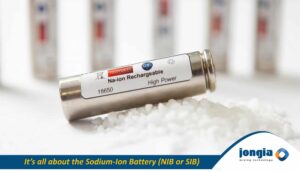
Is Sodium-Ion the next generation sustainable Battery?
The sodium-ion battery (NIB or SIB) is a type of rechargeable battery that uses sodium ions (Na+) as its charge carriers. Its working principle and cell construction are almost identical with those of lithium-ion battery (LIB) types, but replace lithium with sodium.
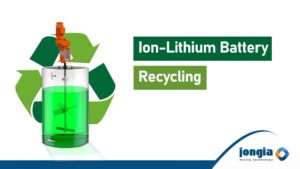
What is the recycling process for lithium
Current commercial lithium ion batteries mainly contain transition metal oxides or phosphates, aluminum, copper, graphite, organic electrolytes containing harmful lithium salts, and other chemicals. Therefore, the recycling and reuse of spent lithium ion batteries has been paid more and more
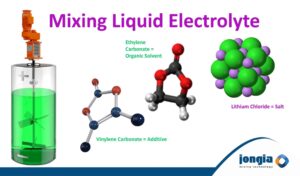
Mixing Electrolyte for Ion-Lithium Batteries
Electrolyte as basis for Ion-Lithium Batteries plays a key role in transporting the positive lithium ions between the cathode and anode, and consequently the charging and discharging performance of the battery. Hence, it needs to be checked for potential impurities.
Figures of the electrical industry
According to the U.S Energy Information Administration, most U.S. electricity came from fossil fuels — namely natural gas, coal, and oil — in 2020. These three primary sources accounted for 81% of total generation capacity. Natural gas had the largest share of production, accounting for 31%, followed by coal at 29%. Oil contributed the least amount, producing just 3% of total output.
Renewable energy sources, including hydroelectricity, biofuels, and wind and solar power, accounted for 19% of total generation. Renewables increased their share of overall generation since 2010, reaching 7% in 2020. Hydroelectricity accounted for 9% of total renewables’ generation, while wind and solar combined for 10%. Biofuels, meanwhile, contributed 2% of total renewables’ production.
The EIA says it expects the growth of renewables to continue over the next few decades. By 2050, renewables could account for up to half of all electric generation.
Electricity Transmission and Distribution in the US
The United States generates about 20 quadrillion British thermal units (BTUs) of energy annually, according to the Energy Information Administration. This amount represents about 10 percent of total global energy production. In 2016, U.S. electric generation capacity reached 104,941 megawatts (MW), enough to supply about 24 million homes, according to EIA data. About half of this capacity came from fossil fuels such as coal, natural gas, and petroleum, while nuclear power accounted for another 25 percent. Wind and solar photovoltaic generated roughly 5 percent each.
To distribute electricity across the nation, the federal government operates the bulk power system, which includes interconnected networks of transmission and distribution lines, known as grids. These grids operate under rules set forth by the Federal Energy Regulatory Commission (FERC). FERC oversees wholesale electricity markets, including those for competitive electricity suppliers.
Most electricity consumed in the United States is produced locally, meaning it passes directly through the local utility. However, some electricity must travel farther along the grid before reaching consumers. For example, most large cities are served by regional transmission organizations (RTOs), independent entities that manage the flow of electricity within a region. RTOs coordinate the operation of utilities and maintain the reliability of the grid by ensuring that there is sufficient capacity to meet demand during peak periods.
In addition to providing reliable delivery of electricity, the grid facilitates the integration of renewable resources into the electrical network. Utilities can purchase electricity generated by wind farms, solar arrays, and other sources, either from nearby generators or from distant generating stations operated by other companies.
